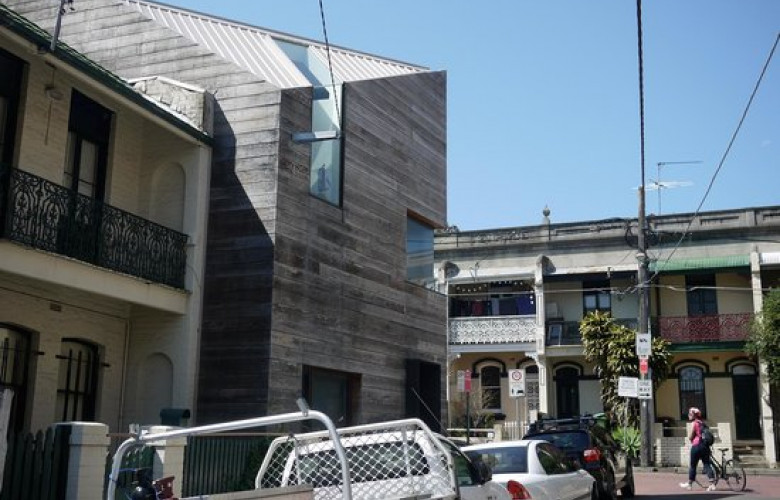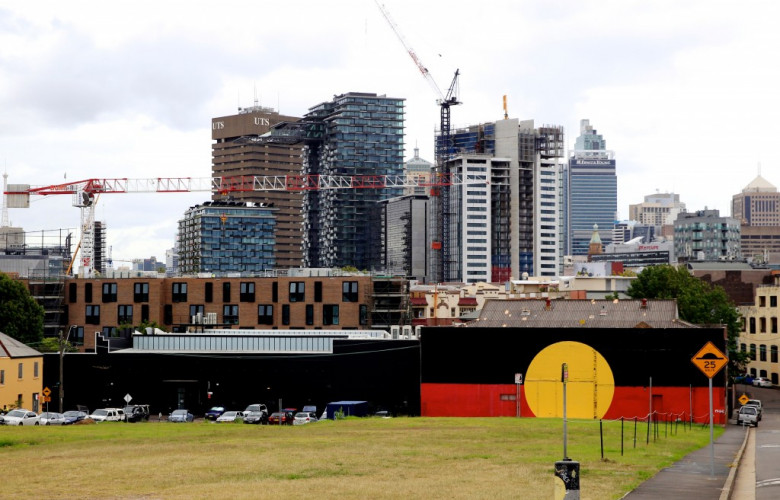Redfern prices climb as gentrification shifts suburb to hip
Contact
Redfern prices climb as gentrification shifts suburb to hip
Once better known for its urban slums, Redfern today boasts hipster cafes and designer homes - with the property prices to match.
Redfern's gentrification into one of Sydney's trendiest urban centres has been startling. In place of its grit and graffiti, have sprung hipster cafes and designer apartments.
Fittingly, it now ranks in Sydney’s top 10 ‘hippest’ suburbs, based on demographic and cultural data analysis by Microsuburbs, an online data service for property seekers.
And so, as expected, rapid property price growth has followed. Consider that the overall median price in 2007 was just $594,000, which jumped to $950,000 in 2013 and again to $1.3m in 2015, according to REA Group.
The current median is $1.4m, says Domain Group, undoubtedly fuelled by buyer interest in rundown mid-19th Century terraces that line roads like George Street, Pitt Street and perhaps most famously, along Eveleigh Street. This median figure, however, hardly shows the heightened level of buyer interest in the area.
What is gentrification?
Gentrification is a process of socio-economically selective migration that sees higher income and higher consuming households moving into devalued urban areas. Compared with other urban neighbourhoods, gentrifying areas experience noticeable upward movements in social status.
Source: Australian Housing and Urban Research Institute
Inevitably of change
Australia’s population spike since the early 2000s, as per the Australian Bureau of Statistics (ABS), has certainly seen Sydney shift gears. As it’s ballooned to around 5 million people in 2016, based on ABS estimates, there’s been fierce competition for well-located homes in areas like the inner city. New residential and commercial development has flourished, too.
From a property perspective, Redfern’s inherent potential is that it’s just three kilometres from the CBD and on the existing city train line. For these two reasons alone, it’s long been earmarked for change, its rich and important indigenous heritage notwithstanding.
Yet, the idea of truly transforming Redfern only began after the 2004 riots, says chief executive of Positive Real Estate Sam Saggers. Indeed, that grim night appeared to accelerate Redfern’s redevelopment, which had surely been delayed, at least in part, due to its complex history.
Twelve years later, Redfern is in the sixth stage of an eight stage process - displacement of long term residents, says Saggers. This has been building over the past decade, with other stages including planning, increased investment, new development and an overall cultural shift. Saggers says the current movement of people is where things really intensify in the gentrification process.
“As more people realise the area is great, higher wealth brackets come to the suburb,” says Saggers. “There extra income increases the property prices as they [new buyers] will simply pay more.
“It’s fair to say the next five years may see Redfern catch up in value to its other inner city rivals, like Millers Point, Potts Point, Elizabeth Bay, Surry Hills.”
New and eager tenants
Managing director of buyers' agency Rose and Jones, Byron Rose, says that as local retailers and commercial operators have improved, Redfern’s property values have followed. Trendy cafes and hip pubs are evidence of this, as is the new young and cashed-up clientele.
As a result, “terraces and houses are holding very good value,” says Rose. And even though there’s been a contraction of pricing in units amid increasing local supply, demand should hold, he says.
“Property is typically a long term play and properties this close to the CBD will typically do well with regards to growth,” says Rose. “Redfern’s proximity to the CBD and access to surrounding amenities will continue to drive that demand, and in turn, further gentrify the area.”
Top dollar
To get a sense of this demand in what has become a rather tightly held market, consider that a five bedroom terrace house on 82 Pitt Street recently sold for $1.9m, as per real estate agency Bresic Whitney.
Sales consultant at Bresic Whitney in Darlinghurst, Michael Kirk says there’s been a definite change in Redfern over the past two or three years, with appetite for the area very strong even as overall prices escalate.
For example, many buyers are willing to spend up to $2m for a terrace house and increasingly between $2-4m, says Kirk. He also sees more young families than before, with some purchasing older properties that have been newly renovated, while others will pay top dollar for old homes that they can shape themselves.
The reshaping of this historic location continues.
Deeper pockets
Once a blue collar suburb, Redfern has gone upmarket. For example, the median weekly personal income for people aged 15 years and over in Redfern was $810, according to the 2011 Government Census. The New South Wales median was $561 at the same point in time.
A brief history of Indigenous people in Eveleigh / Redfern
According to a 2012 report by the New South Wales Government, the Eveleigh precinct – which encompasses suburbs such as Redfern, Erskineville and Waterloo - experienced significant changes with the coming of the railway in 1855.
“The smaller subdivisions and housing provided greater access to working class families, and for Aboriginal people seeking opportunities, which included employment with the railways,” the report says.
And so, Indigenous people from rural areas started moving into Redfern during the 1920s and during the Great Depression of the 1930s, as per the government website Environment.gov.au. Many years later, public housing was set up by the Aboriginal Housing Company (AHC) in response to discrimination against Aborigines in the rental market. But when government funding dropped, the area and housing started to deteriorate.
Parts of the suburb turned gritty and dangerous, earning a reputation as a ‘ghetto’ in media reports and even in the wider culture. What had become a volatile environment, culminated in a violent clash between young locals and police in 2004. This is said to have triggered a more focused strategy for reshaping the suburb’s future. How this will impact its heritage, however, is uncertain.
There were said to be around 12,000 Aboriginal people in Redfern and surrounding suburbs in the 1960s (as per Sydney University research), though that number is down to just a few hundred, based on the 2011 Census.
The Block
The AHC became the first housing collective in Australia in 1973 and their first major success was a government supported purchase and restoration of six terraces on a large site known simply as ‘The Block’.
The aim of the AHC and its housing project was to “provide a communal living environment run by Aboriginal people”. As a result of its work, the population of Redfern tripled between 1976-1981, as per a Sydney University paper entitled ‘Pre and Post Colonial Redfern’.
However, as the property and area were undermined by drug use and crime, the AHC considered ways to redevelop it. Finally, in 2007 the Pemulwuy Project Concept Plan was lodged with the Department of Planning NSW to redevelop the land into a mixed use site, which includes affordable housing. This was approved in 2009. The last house on The Block was demolished in 2011.
By JP Pelosi
See also:
The ‘hippest’ suburbs in Australia
Lifestyle draws new buyers to Sydney’s beach-side Eastern Suburbs






